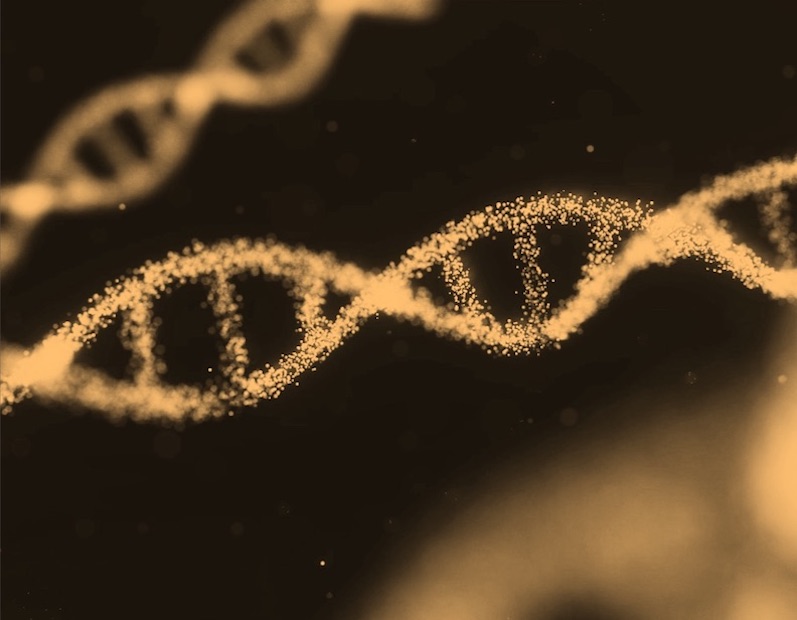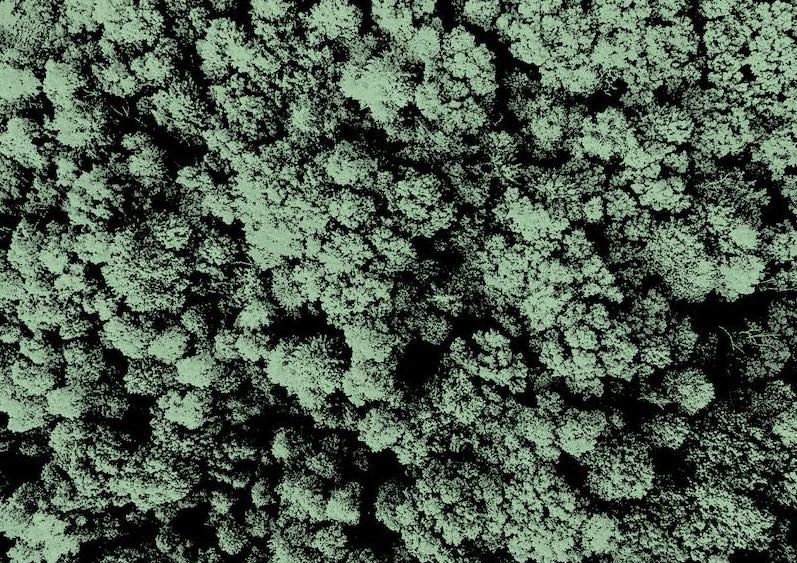What is it about?
Sometimes, in manually captured image contains some unexpected noise which are required to be erased. In this article different wavelets have been utilized for removing noises using different thresholding techniques, measuring their performance using MSE.
Featured Image
Why is it important?
It is significant for information technology and computer science research works.
Perspectives
Though the digital images are considered as the medium of transmitting visual information and crucial technique of modern communication, the obtained images sometimes may be corrupted by unexpected noise. However, these noisy images require further processing, which involves the manipulation of the image data to produce a visually high-quality image. In this paper, several thresholding techniques, namely SureShrink, VisuShrink and BayeShrink have been presented and the suitable one is determined. In addition, various noise models, for instance, Gaussian noise, salt and pepper noise and speckle noise, along with additive and multiplicative types have been utilized. The selection of the denoising algorithm being application dependent, it is crucial to have proper knowledge regarding the noise in each image for the purpose of selecting the appropriate algorithm. Typically, the wavelet-based approach finds applications in denoising images corrupted with Gaussian noise. Here the mean square error of the images has been determined as a quantitative measure.
Mr Mohammad Shahadat Hossain
shahadatku10@outlook.com
Read the Original
This page is a summary of: Thresholding Techniques for Image Denoising and Their Comparison by Different Wavelets, Current Journal of Applied Science and Technology, August 2018, Sciencedomain International,
DOI: 10.9734/cjast/2018/42217.
You can read the full text:
Contributors
The following have contributed to this page







